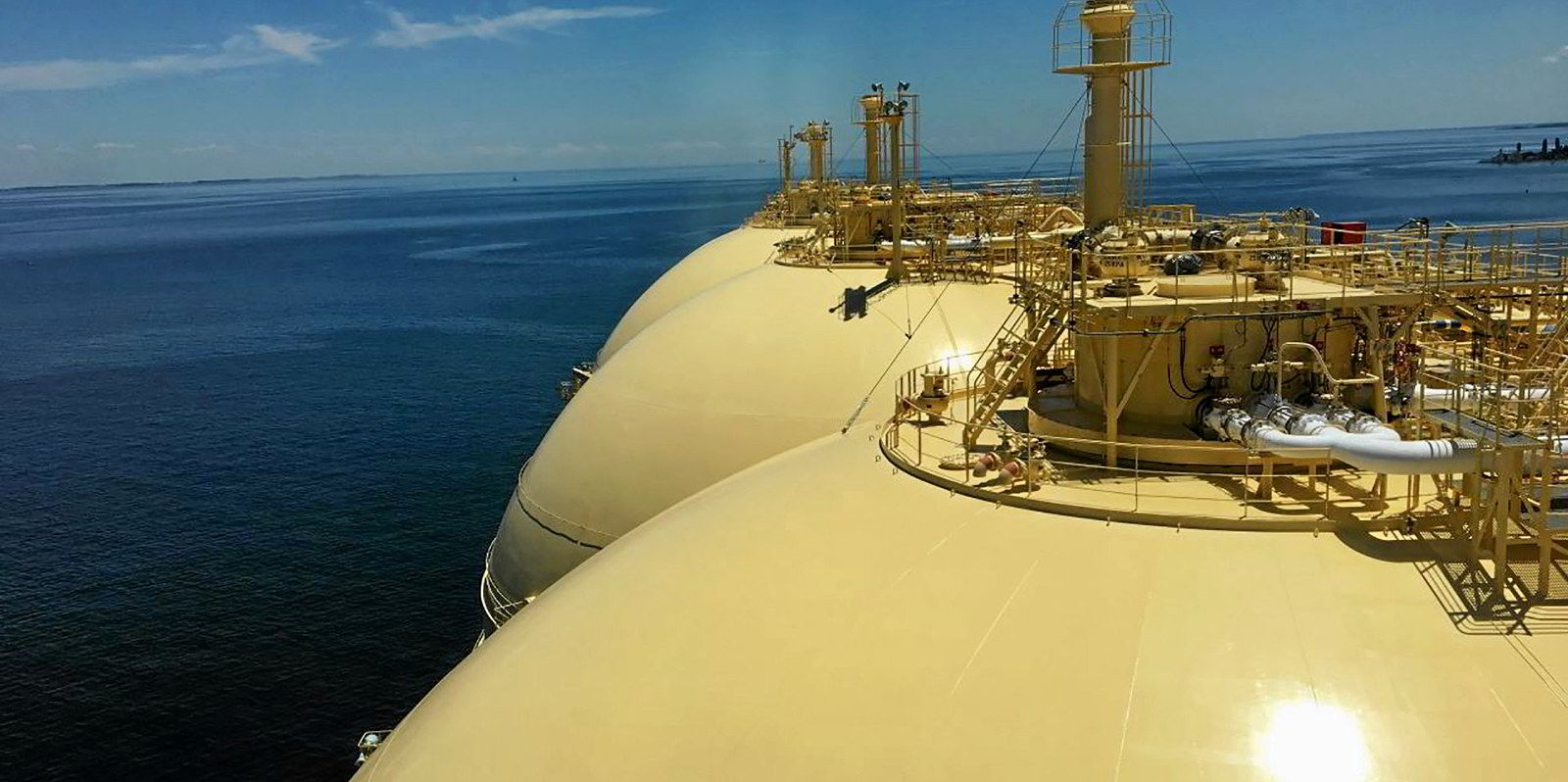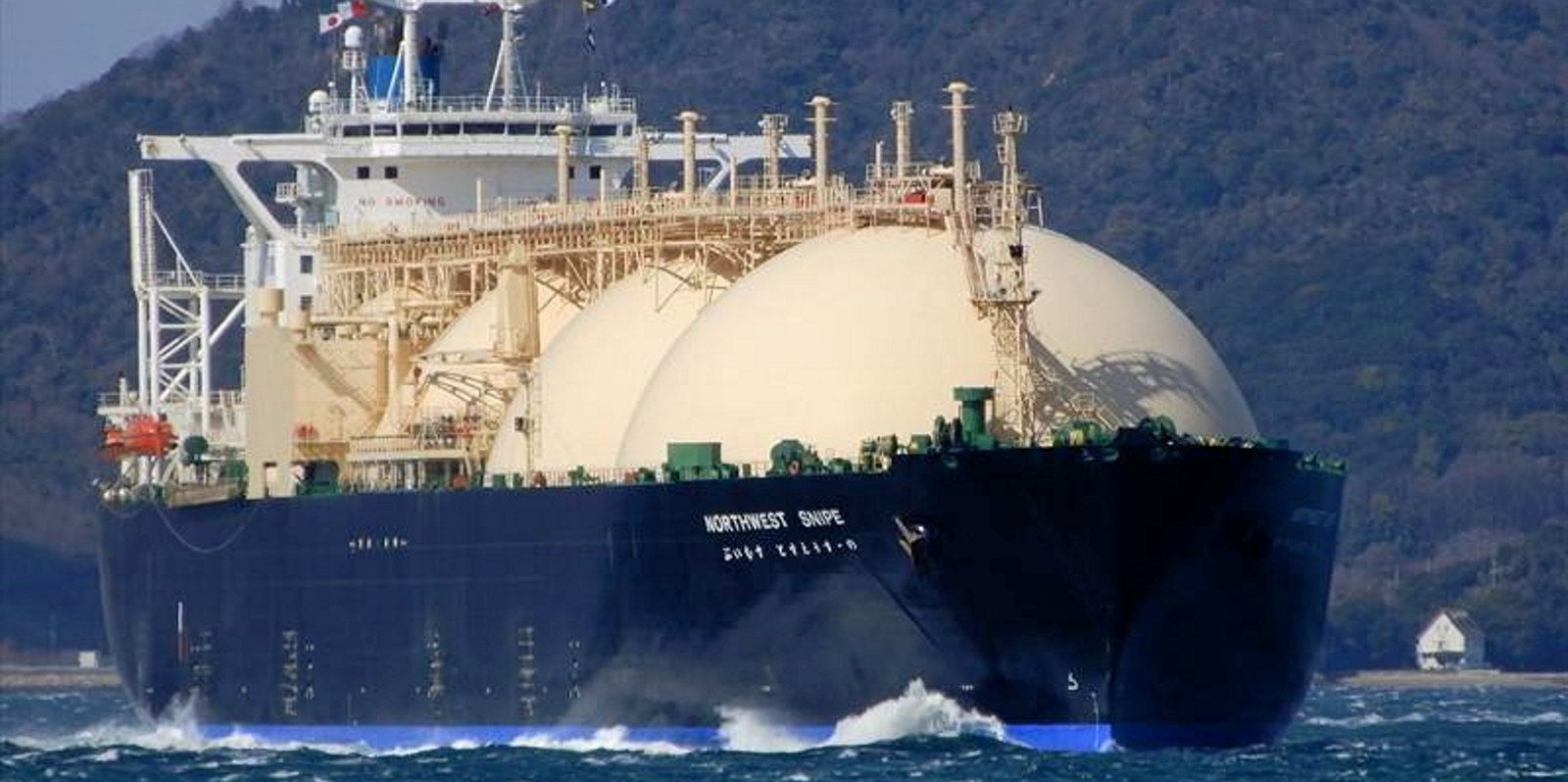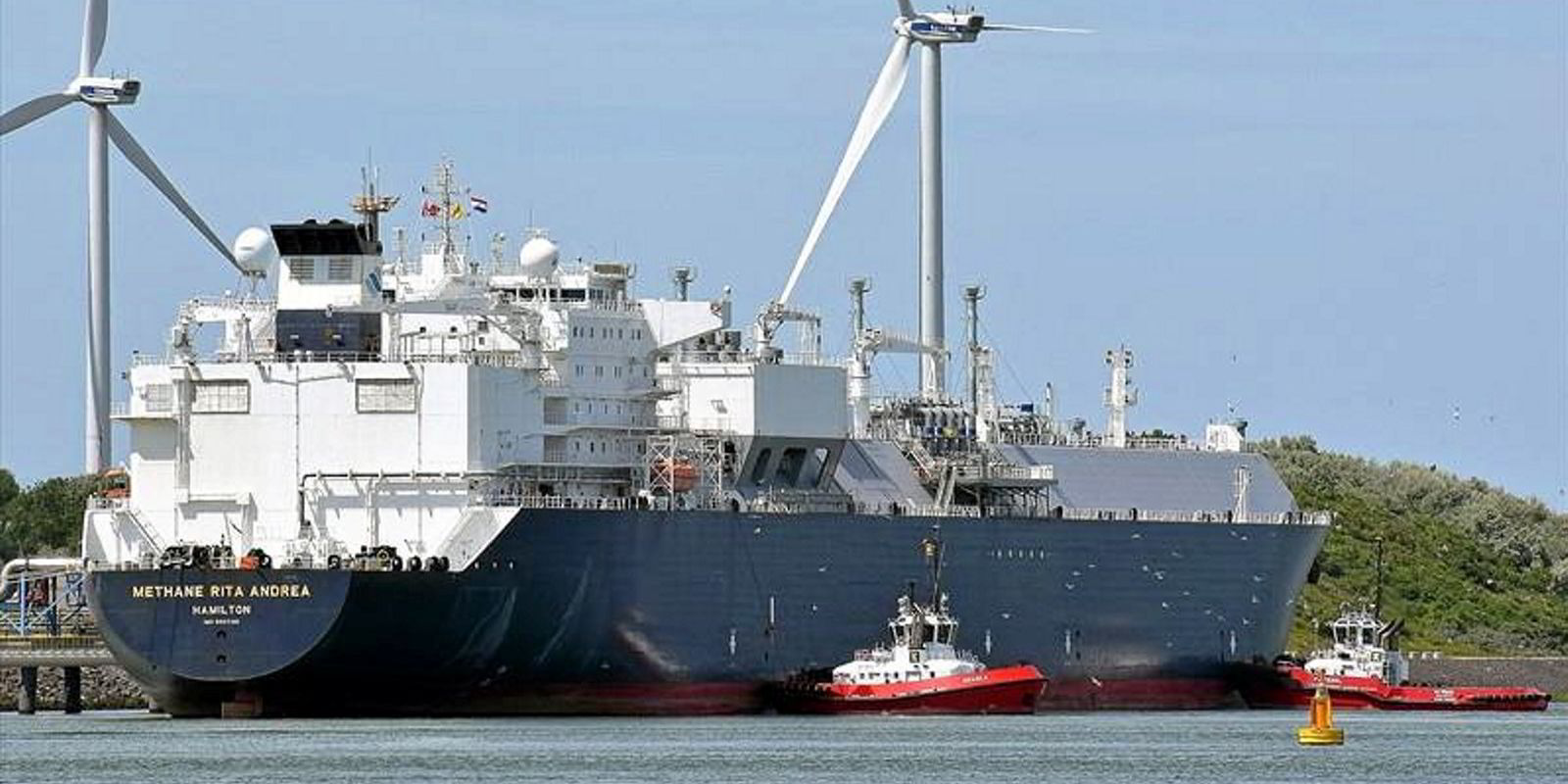Slow steaming for LNG carriers in an effort to meet the International Maritime Organization’s carbon intensity reduction targets will result in higher global CO2 emissions, according to a study by consultants Rystad Energy.
The consultant said the saving in CO2 emissions from limiting the speed of steam-turbine and slow-speed diesel LNG carriers to 15 knots will be dwarfed by the pollution from gas-to-coal switching that the move would cause in Asia.
It said alternatives for this type of LNG carrier, which have the highest emissions, such as scrapping, modifying or replacing the ships would be significantly more expensive.
Considerable hurdle
Rystad described the problem as “a considerable hurdle for the LNG shipping industry” as it said around half the ships in the global fleet have these types of propulsion systems and data shows that an average LNG tanker travels at above 15 knots about 50% of the time.
It said cutting these vessels’ speed would lead to a 3% average yearly shortfall in relation to the volume of tonne miles needed to satisfy LNG demand from 2023 to 2030.
The consultant added that even with improved fleet utilisation there would still be an average yearly reduction of at least 1% in tonne miles that would affect the deliveries to Asia.
Rystad said that for the global LNG carrier fleet, meeting the IMO’s new emission restrictions would then strip Asia of at least 9 billion cbm (Bcm) of LNG for the three-year period between 2023 and 2025 and by 13 Bcm from 2026 to 2030.
Its research shows the accumulated emission savings from LNG vessels in the 2023 to 2025 period will amount to about 10m tonnes of CO2.
This contrasts with the extra 26 mt of CO2 that replacing the missed LNG imports with coal will generate.
Rystad said that for the 2026 to 2030 period, the fleet’s emission savings would total 15m tonnes of CO2, compared with the extra 38m tonnes of emitted CO2 from the increased burning of coal to substitute lost LNG volumes.
Fleet replacement
Rystad energy service team vice president Oddmund Fore said: “To offset the emitted CO2 from gas-to-coal switching and actually make the IMO’s target meaningful for LNG vessels, a very large proportion of the lost LNG would need to be replaced through further expansion of renewable energy capacity in Asia.”
“It is also likely that the proposed regulations would lead to the retirement of numerous LNG carriers,” Fore said. “Scrapping would remove fleet capacity and exacerbate the problem in Asia, as even less gas would arrive and more gas-to-coal switching would take place.”
Charter-hire rates could also rise, he added.
Rystad said LNG vessel demand is forecast to increase from about 2 trillion tonne miles in 2020 to 4 trillion tonne miles in 2030 on the back of larger volumes and longer sailing distances.
It said this equates to a yearly growth rate of 8% and a rise from the 6% seen from 2015 to 2020.
“If the world lacks the number of vessels needed to feed Asia’s LNG demand in the future, even more coal will likely be used to replace the lost gas, leading to more energy emissions,” the consultant said.







